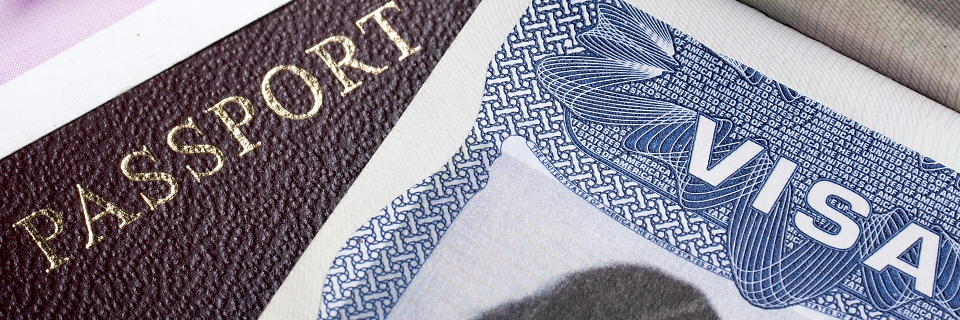
China has long been one of the top sources for EB-5 visa applications worldwide. While the number of Chinese candidates remained high in 2018, new reporting by the U.S. Department of State reveals a significant increase in EB-5 applicants from locales outside mainland China.
What the Research Says
Last year, the U.S. Department of State published a document titled Report of the Visa Office 2018. Within this data is a table showing a tally of conditional green cards issued last year for the employment-based fifth preference (EB-5) visa as divided by applicant country of origin. According to the report, the EB-5 industry saw significant increases in visas issued to applications not originating in mainland China.
Additionally, the State Department report reveals an increase in the number of countries from which applicants are originating. These changes are good news for EB-5 marketers, as they indicate a large degree of interest in the program worldwide. Moreover, the rise in non-Chinese applications represents a significant development for applicants born in China, as it could result in their own wait times shifting. For example, if EB-5 applicants come primarily from a few countries, the per country cap will result in a block that could shorten waits for Chinese-born investors. On the other hand, if applications span numerous countries, wait times for Chinese applicants could remain the same or even get worse.
A Look Back in Time
At the start of the 21st century, foreign interest in EB-5 visas was relatively small. It wasn’t until Chinese applications started to rise in the 2010s that overall visa numbers really skyrocketed. In 2014, investors hit the visa ceiling (about 10,000 per year), and EB-5 industry growth started to slow as a result. However, it’s worth noting that demand among Chinese-born applicants has yet to wane. On the contrary, the change in visa tallies just reflects an increasing interest on the part of other countries, while the Chinese backlog remains significant.
Understanding (and Misunderstanding) the Trends
While those in the EB-5 industry may be tempted to draw conclusions about investment opportunities based on the State Department report, it’s important to keep certain factors in mind when interpreting the data. One point worth considering is that the Visa Office tracks green cards issued. Understanding investor details means considering that the time between investment and visa issuance ranges from one to five years, with each investor receiving three visas on average.
Additionally, investors should note that the number of visas requested is not always the number distributed. In cases where a country exceeds the visa cap, applicants are requesting more visas than are available. After the cap for each nation has been reached, any extra visas will go to those who have been waiting in line the longest, regardless of country of origin. For example, in 2018, China was recorded as receiving 48% of available EB-5 visas because many of their candidates had been in line the longest. Vietnam received just 7% of visas even though many Vietnamese candidates had also applied that year.
Long processing times for I-526 forms can also affect visa tallies. In other words, the 2018 climb in Indian visa applications may reflect investment increases that happened one or even two years ago, rather than changes from the last year. The USCIS’ log of pending I-526 forms by country and priority date is a good source of information on demand trends in different nations.
What the Future Holds for the EB-5 Industry
An increasing number of investors are looking to India as a top source of EB-5 revenue in the coming years. In fact, research shows that India brought in nearly $500 million in EB-5 funds in 2018 alone. Experts predict that the subcontinent will be responsible for $1 billion in funds in 2019 and a shocking $2 billion in 2020.
Furthermore, many EB-5 investment specialists anticipated seeing a rise in the number of visas associated with direct investments. However, so far that prediction has not been borne out by the evidence. As of 2018, regional center investments comprised 94% of issued visas. The number of regional center investments accounted for 93% of visas in 2017 and 91% in 2016.
While the future of EB-5 investing looks bright, it’s worth noting that capitalizing on these opportunities means ensuring qualified applicants have access to visas. If investors from India are stuck waiting in long lines, the United States is unlikely to benefit from the aforementioned $3 billion in funding. To that end, the success of this program may depend in large part on whether or not Congress provides visa relief in the coming months and years.










